Dr Eimear Fitzpatrick
Consultant Hepatologist
Kings College Hospital, London
- Eimear introduced the topic of Overweight & Obesity in Liver Disease
- Stressed the importance of awareness of the issue, particularly in children
- Outlined the differences in BMI across age groups
- Obesity is increasing in children
- Highlighted the main issues contributing to the obesity epidemic
- Portion size, accessibility, visibility, variety, food used as reward/reinforcer/celebration
- What we are up against
Children see 10,000 food ads per year
95% are for 4 ‘food groups’, sweets and biscuits, soft drinks, cereals and fast food
- Apple body shape relates to fat stored around the middle creating strain on internal organs
NAFLD- Non Alcoholic Fatty Liver Disorder
10% children aged 5-18 years
80% of children who are obese
- Leading cause chronic Liver Disease
- Incidence is so high that coexistence with other Liver Diseases is common
- High prevalence of obesity up to 19 years after transplant
PSYCHOSOCIAL FEATURES
- Fatigue in adults Newton 2008
- Children
Worse total, physical and psychosocial QOL Kistler 2010
Fatigue in 68%
Sadness in 47%
Irritability in 73%
Trouble concentrating 51
Trouble sleeping 51%
- Other issues: bullying / obesity / self esteem
- Can be managed by lifestyle, weight reduction from healthy diet and regular exercise, coffee, cod liver oil, vitamin D
- Post liver transplant was discussed addressing the positive survival outcomes and that now the need is to focus on long term health (e.g. psychosocial, lifestyle etc)
POST TRANSPLANT METABOLIC SYNDROME
Post transplant metabolic syndrome incidence statistics reportedly high due the side effects of high dose steroids, tacrolimus and sirolimus. These drugs are essential in treatment post transplant.
AVOIDING PTMS
Lifestyle modifications
Diet changes
Increased physical activity
Lipid lowering medication if possible
Control of blood sugars
10 IDEAS FOR HEALTHIER LIVING
Fruit visible as a snack
Balance advantages of buying in bulk versus overeating
Eat meals at home
Make deserts from scratch
Plant a garden
No TV / computer in children’s room
Pick show really want to watch – limit to 1 hour a day, watch on catch up
Eliminate soft drinks / fruit juices
Teach children to avoid saturated fats
Avoid high corn starch fructose foods
Questions
Food to avoid? Fructose, artificial type as found in fizzy drinks, canned goods and artificial sweeteners. Moderation of all food is key. Fish oils are advised but health benefits not confirmed.
Sun Screen is important for children. However it stops us getting vitamin d. Most of us are short of Vitamin D but especially children with liver disorders. They need to take supplements.
Can donor livers be predisposed to NAFLD? Very small negligible effect, liver normalizes as the child’s body takes over.
Food recommended for underweight child? What may be normal for the specific child is not necessarily due to the transplant – they may be predisposed to a skinny body. However behaviors form early so necessary to instill good habits.
Final message for children- It is necessary for a child with liver disorders to work that little bit harder to reach the healthy level baseline than peers. It’s not fair but that’s the way it is. Awareness of personal health is key.


